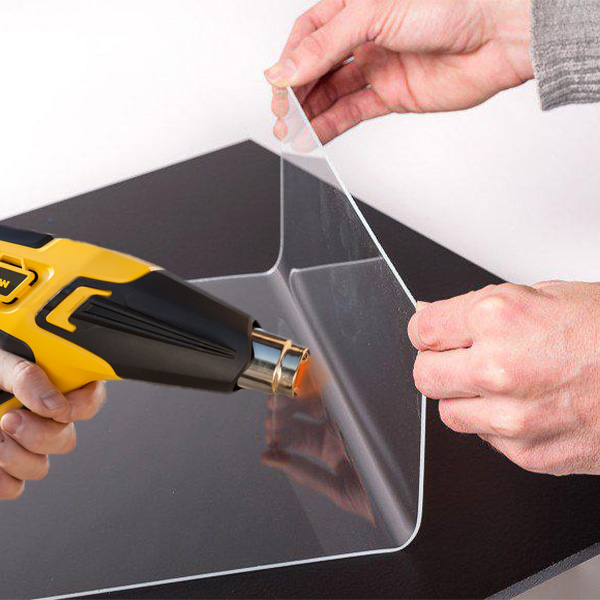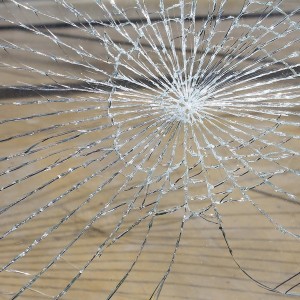In today's context, acrylic and glass, as common transparent materials, are gaining significant attention for their unique characteristics, offering various solutions for different needs.
Advantages of Acrylic (Plexiglass): Acrylic is renowned for its outstanding impact resistance. Compared to traditional glass, acrylic is less prone to shattering upon impact, thereby enhancing safety, especially around children and pets. Moreover, acrylic is relatively lightweight, making it easier to handle and install, which positions it as a preferred choice for DIY projects. For those seeking creative craftsmanship, acrylic is easily workable. By simply heating it to a specific temperature using a heat gun and then bending it into the desired shape, it can be easily molded and fixed upon cooling. Furthermore, acrylic exhibits strong resistance to sunlight and most weather conditions, remaining resistant to yellowing or brittleness. Most importantly, acrylic offers exceptional transparency, making it an ideal choice for creating transparent display cases, picture frames, and decorative materials.



Disadvantages of Acrylic: However, acrylic also has its limitations. Its surface is prone to scratching, necessitating careful handling to avoid scratches. Additionally, acrylic is sensitive to certain chemicals, such as organic solvents, which can lead to chemical reactions and damage to the acrylic surface. Furthermore, acrylic may soften or deform at high temperatures, making it unsuitable for use in high-temperature environments.
Advantages of Glass: In contrast, glass stands out for its exceptional hardness and high-temperature stability. Glass is highly resistant to scratching and abrasion, and it maintains its shape and transparency even at high temperatures, making it suitable for use in high-temperature environments. Glass also exhibits good resistance to most chemicals and has a long lifespan, remaining resistant to yellowing or aging.
Disadvantages of Glass: However, glass's fragility is a cause for concern, as it is prone to shattering upon impact. In the event of breakage, sharp glass shards may pose safety risks. Furthermore, glass's relatively heavier weight makes it more challenging to handle and install, and custom processing typically requires specialized tools and techniques, making it less suitable for DIY projects. Lastly, the manufacturing cost of glass is higher, which may be reflected in product prices.
In summary, acrylic and glass each possess unique characteristics and applications. The choice of material should be based on the specific requirements of a project and a careful consideration of their respective advantages and disadvantages to ensure the best outcome.
Post time: Oct-30-2023







